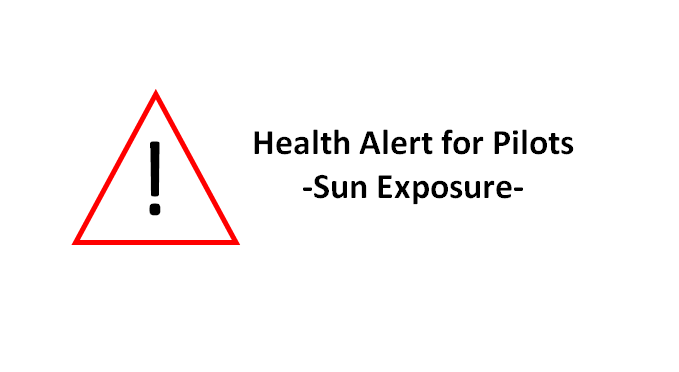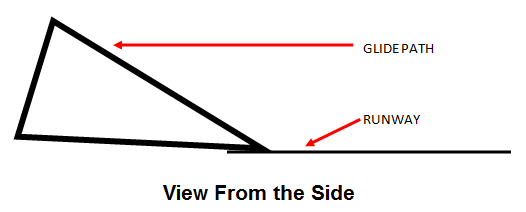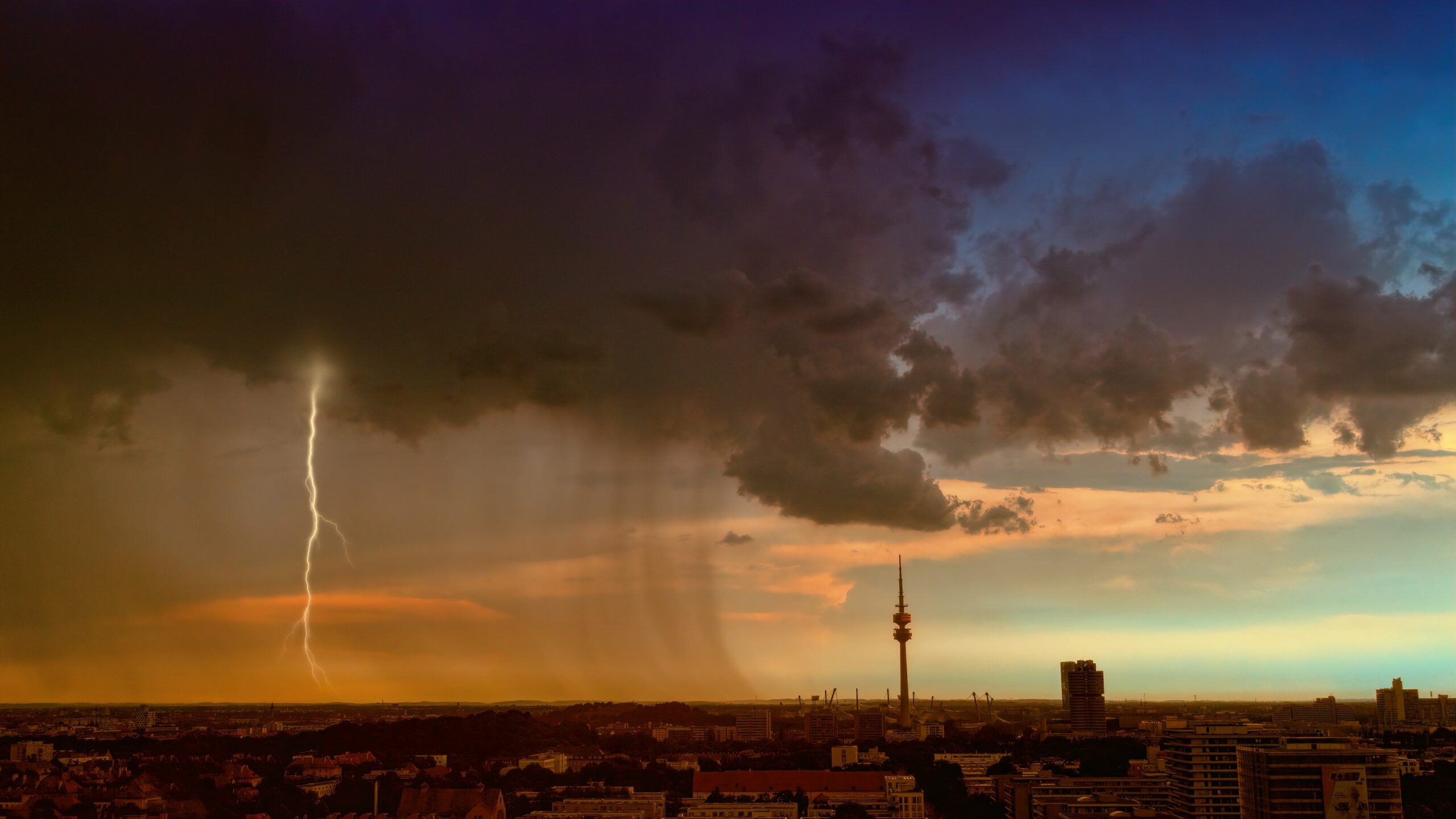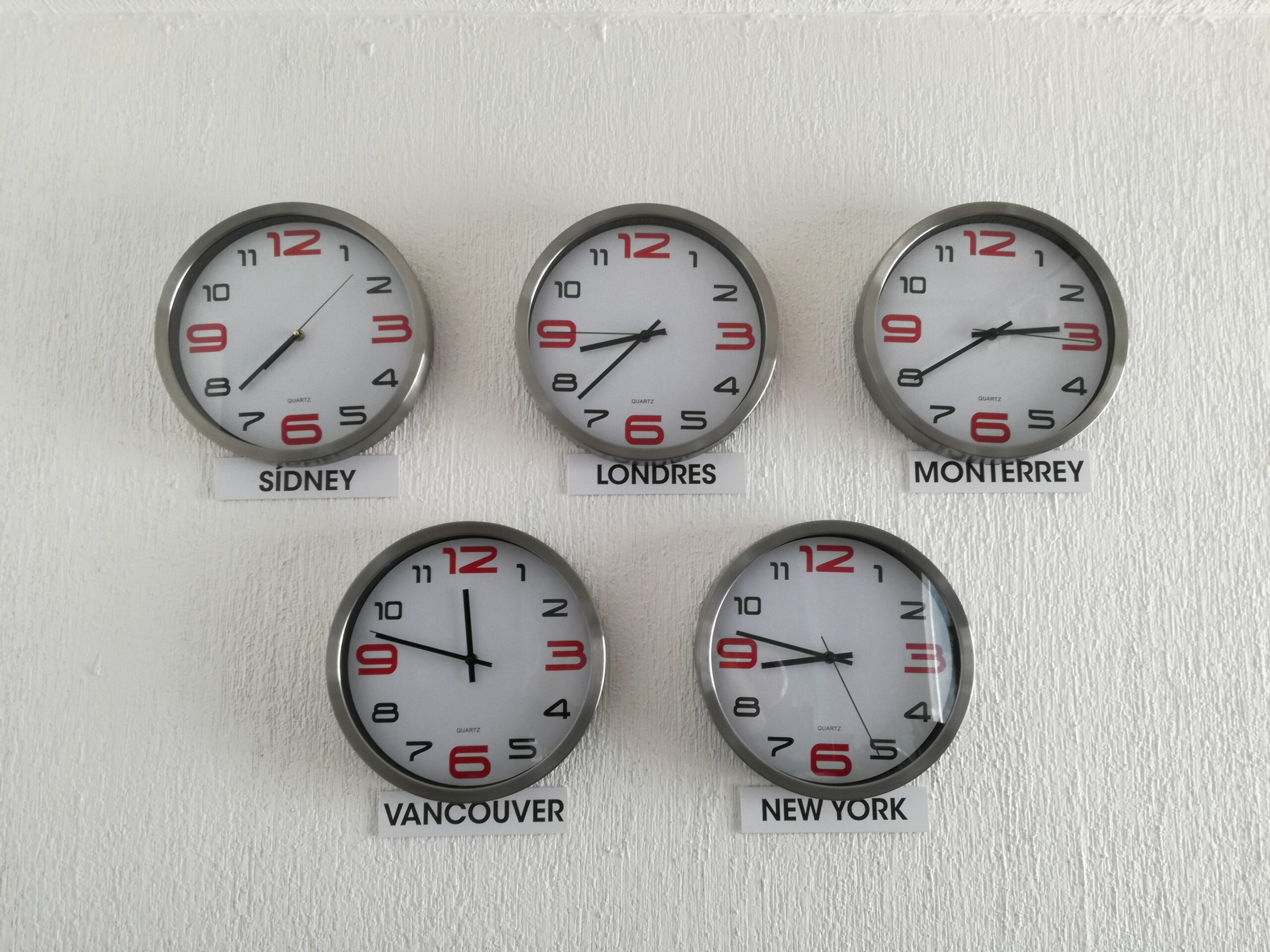Sunscreen & Sunglasses are a Must for Pilots

The danger of sun exposure is proven and is understood by most people. Being exposed to the sun, and its ultraviolet (UV) radiation can have short and long term effects. There is a direct link between sun exposure and certain times of skin cancer and eye damage.
Have you ever come back from a day of flying and felt that your skin was warm, but not burnt? A study by the FAA found that most commercial aircraft windshields made of laminated composite glass blocked most UVB radiation.
“UVB, the chief cause of skin reddening and sunburn, tends to damage the skin’s more superficial epidermal layers. It plays a key role in the development of skin cancer and a contributory role in tanning and photoaging.” – Skin Cancer Foundation
The same FAA study found that most commercial aircraft windshields made of laminated composite glass DO NOT block UVA radiation.
“UVA, which penetrates the skin more deeply than UVB, has long been known to play a major part in skin aging and wrinkling (photoaging), but until recently scientists believed it did not cause significant damage in areas of the epidermis (outermost skin layer) where most skin cancers occur. Studies over the past two decades, however, show that UVA damages skin cells called keratinocytes in the basal layer of the epidermis, where most skin cancers occur. (Basal and squamous cells are types of keratinocytes.) UVA contributes to and may even initiate the development of skin cancers.” – Skin Cancer Foundation
You would never sit for hours on the beach without sunscreen, but many pilots are unaware of the similar dangers of sitting sun-exposed on a flight deck. According to the FAA study, UV intensity increases by 15% for every 3,000 feet and is double that of the earth’s surface between 31,000-41,000 feet! The study also says “hazardous exposure to naturally occurring UV and visible radiation is most likely to occur when flying over a thick cloud layer or a snow field with the Sun at its zenith. Snow reflects 85% of visible and UV radiation while clouds can reflect up to 80%.”
A JAMA Dermatology report said that flying at 30,000 feet for just less than an hour will expose pilots to the same amount of radiation as 20 minutes on a sun tanning bed, and greater when flying over clouds and snow.
Protect Yourself
- Apply and reapply a broad spectrum UVA & UVB sunscreen of product with similar protection. Not all products are created equal. It is worth checking out Environmental Working Group data on sunscreens. This group evaluates not only the effectiveness of the products, but also the known data for daily use.
- Your eyes are important too. Wear sunglasses that have effective UVA and UVB protection, and make sure the glasses are the correct size. Spaces around the frame will let in light and reduce their effectiveness.
- Cover exposed skin with long sleeve shirts or sweaters. Even wearing a hat can protect the scalp where you normally don’t apply sunscreen.
- Pass the word. Let your flying colleagues, friends and family know how significant sun exposure is on a flight deck.
Sources:
- Skin Cancer Foundation – http://www.skincancer.org/prevention/uva-and-uvb/understanding-uva-and-uvb
- Optical Radiation Transmittance of Aircraft Windscreens and Pilot Vision – http://www.faa.gov/data_research/research/med_humanfacs/oamtechreports/2000s/media/200720.pdf
- JAMA Dermatology – http://archderm.jamanetwork.com/article.aspx?articleid=2019958





